April 19th. Indian’s Day in Brazil. The commemorative date was created in 1943 by President Getúlio Vargas and each year continues to be sustained by a series of stereotypes. The date is still an important landmark for reflection about the current situation of indigenous peoples; however, we must go further and look at more than the caricature of the Indian with a headdress, feathers, paintings and a naked body.
We must understand that in Brazil there are more than 300 ethnic groups in all regions of the country, who speak more than 200 different languages and have completely different realities. It is necessary to recognize the challenges of those who have to live in a constant struggle to defend their territory, culture and ancestry – in order to also ensure the survival of their communities and the natural resources.
Issues over territory and land are some of the most important indigenous fights in Brazil. This is a clash that most indigenous peoples face every day, and have for centuries.
Local resistance
Today, the indigenous peoples of Brazil are living the worst political situation of the last 30 years when we look at their constitutional rights. The government has taken a declared anti-indigenous policy – putting an end to the demarcation and protection of indigenous territories, and causing land invasions by governmental and private enterprises.
The lack of regulation of these territories threatens the people that live there and threatens their relationship to the land. The indigenous lands are fundamental for the physical, social and cultural protection of traditional peoples. They are also crucial for the climate and the sustainable development of the planet. Indigenous communities are at the forefront of protecting forests as well as keeping oil and gas companies from expanding their extractive efforts. Learn more here and here.
The importance of the cultural exchange
Evolution comes with knowledge. And for us to evolve our perception of the indigenous issue in Brazil and in the world, we need to look back at the mistakes and injustices committed in the past and we need to pay attention to what is being done right now. As an ally, opening our minds and creating empathy is indispensable if we want to respect and understand the importance of the cultural diversity, memory, history and present realities of the indigenous peoples.
Because of this, moments of exchange are valuable. A good example of this was the Indigenous Cultural Week in the Tupã Nhe’é Kretã Village, located in the municipality of Morretes, in the state of Paraná. The event happened on April 16th to 18th and was a space for the exchange of experiences, customs and traditional knowledge.
For Kretã Kaingang, an indigenous leader from Paraná and a member of the executive coordination of the Articulation of the Indigenous Peoples of Brazil (Apib, in the acronym in Portuguese), the idea behind the Cultural Week is that people can come to know the village, but not as a “zoo”, where people observe passively, but as a participatory space of exchange. As I participant I got to know how the indigenous families arrived in that territory and how the village was formed; what is the meaning of indigenous dances; what is the importance of indigenous rituals; plus try the local cuisine.
It must be understood that the indigenous peoples are just as contemporary as we are, and that their cultures are renewed and updated as much as our own. And it is fundamental to understand that the struggle of indigenous peoples is the same as ours: struggle for a better, healthier, sustainable, fairer and more equitable planet.

Photo: Caroline Kwasnicki/350.org Brasil
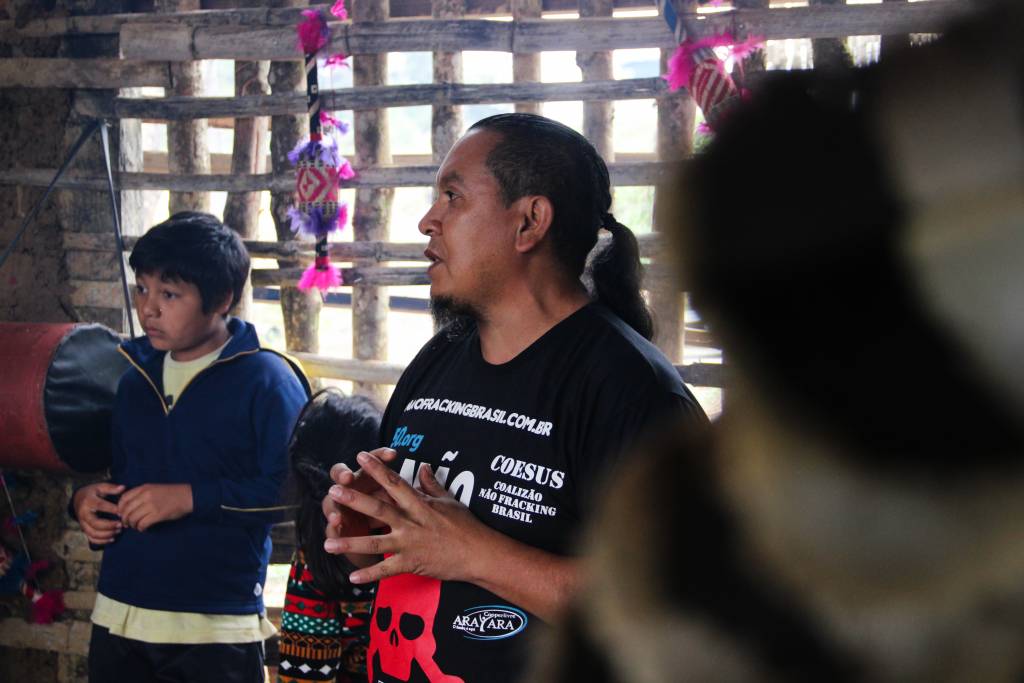
Kretã Kaingang speaks at the opening of the Cultural Week of the Tupã Nhe’é Kretã Village. Photo: Caroline Kwasnicki/350.org Brasil

Photo: Caroline Kwasnicki/350.org Brasil
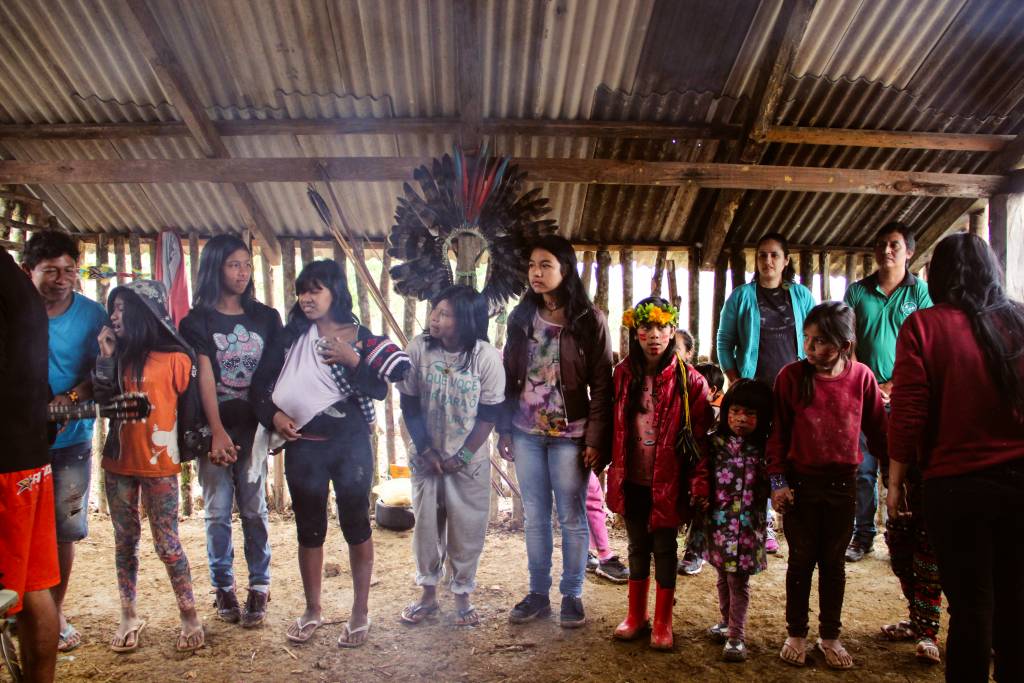
Photo: Caroline Kwasnicki/350.org Brasil
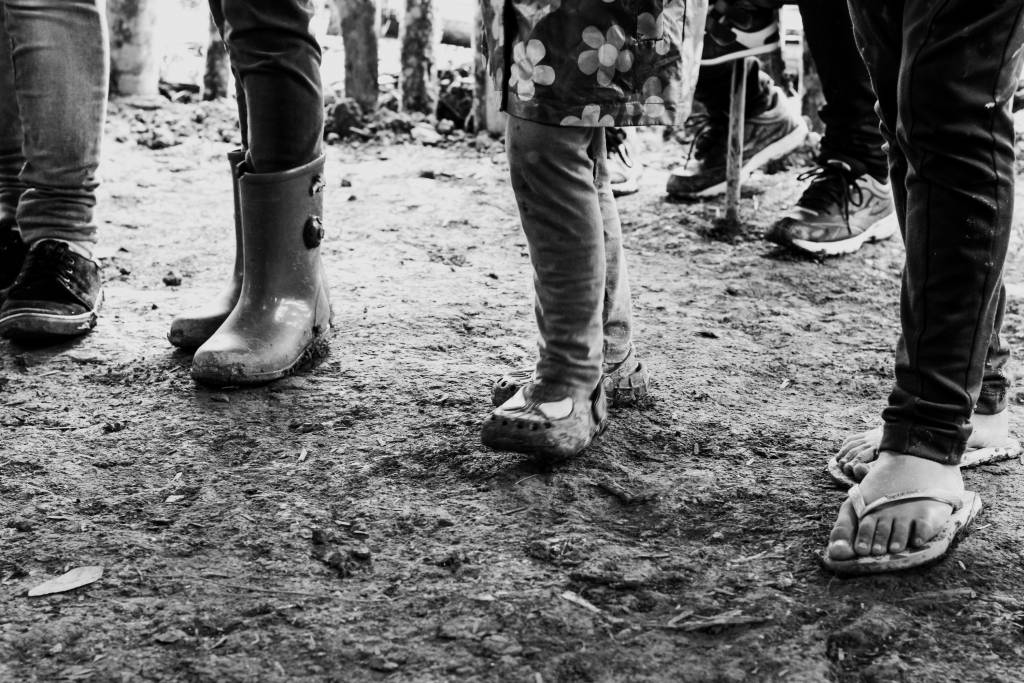
Photo: Caroline Kwasnicki/350.org Brasil
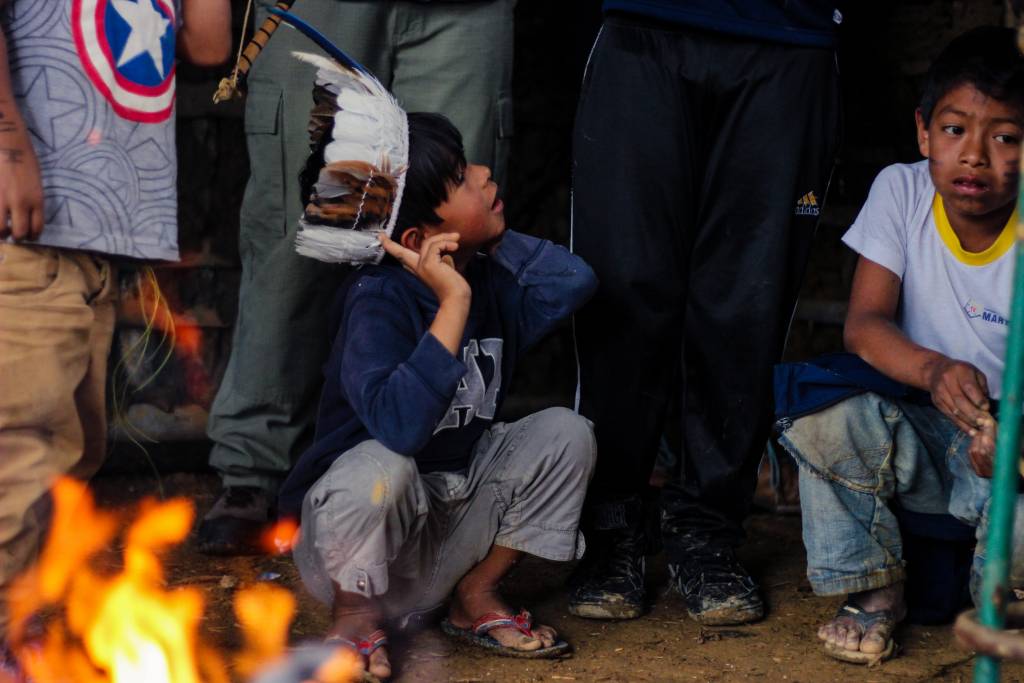
Photo: Caroline Kwasnicki/350.org Brasil
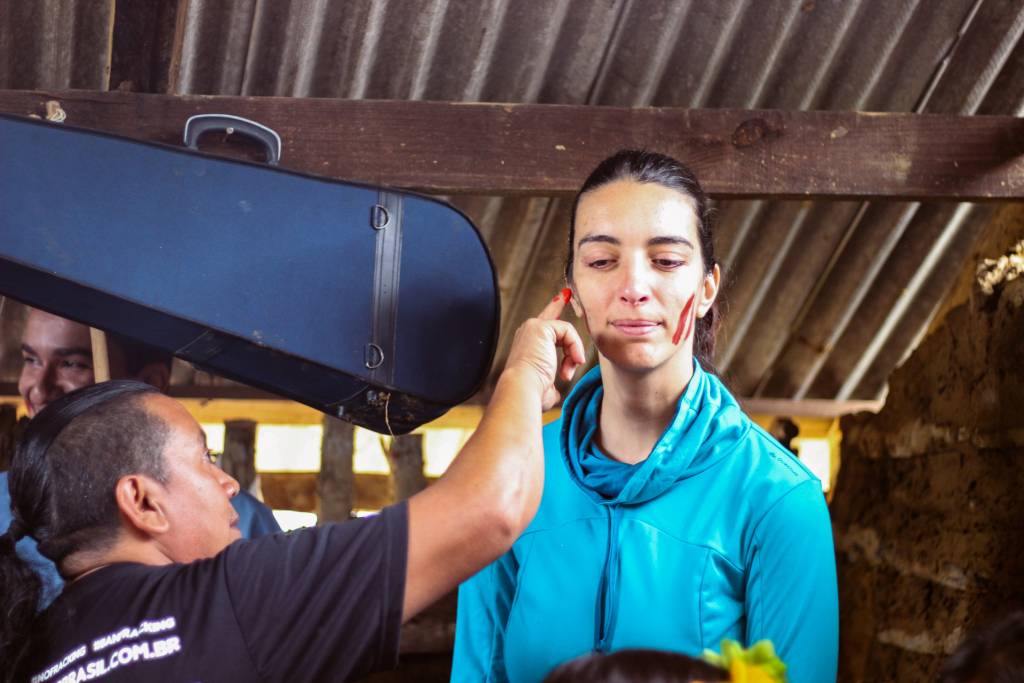
Kretã Kaingang and Nicole Oliveira, 350.org Latin America Director. Kretã explained about the meaning of indigenous paintings. Photo: Caroline Kwasnicki/350.org Brasil
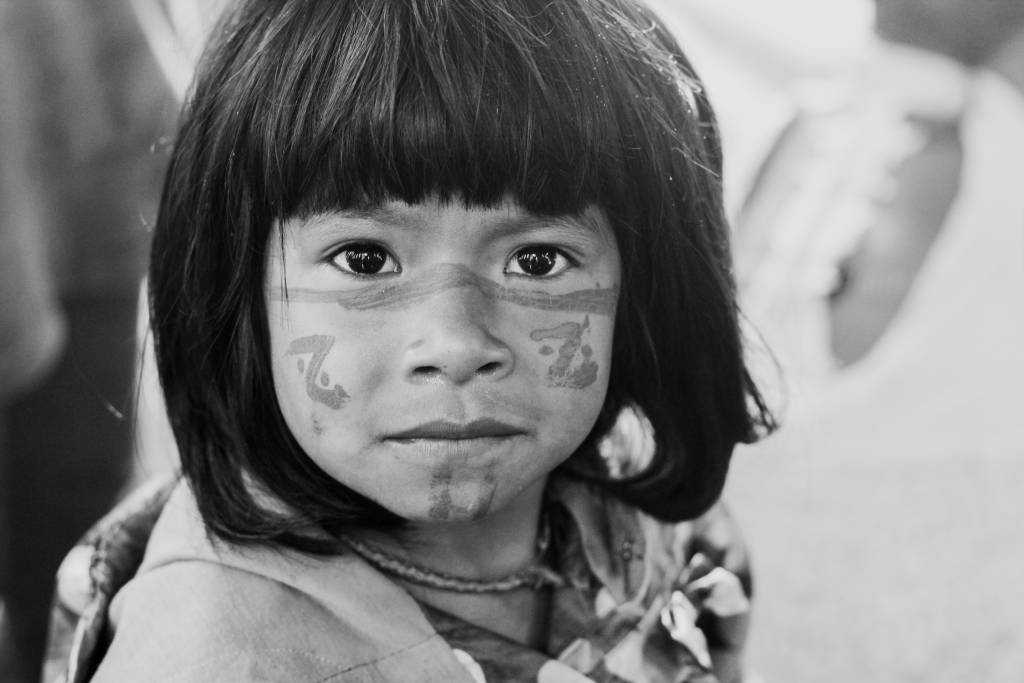
Photo: Caroline Kwasnicki/350.org Brasil

Local cuisine includes foods such as cassava, sweet potatoes and corn, made straight to the fire. Photo: Caroline Kwasnicki/350.org Brasil